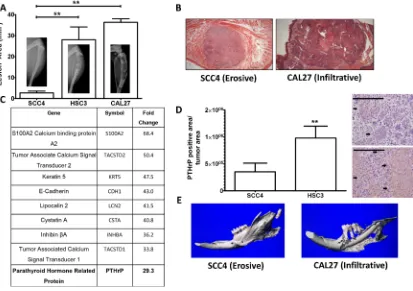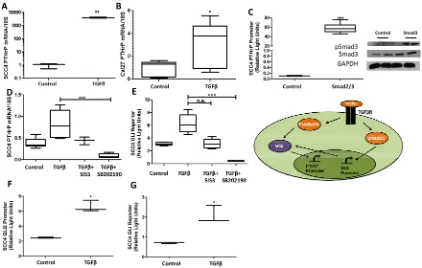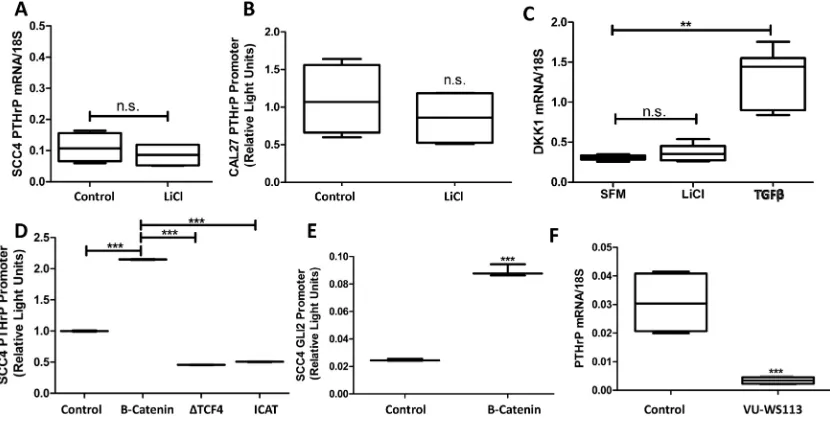Hedgehog and TGFβ signaling converge on Gli2 to control bony invasion and bone destruction in oral squamous cell carcinoma
Full text
Figure




Related documents
A general transcription cofactor that transmits regulatory information to the basal transcription machinery is the large multi subunit Mediator complex that contains 22-28
The analysis of experimental data was performed in order to determine the effect of cutting speed, feed rate, depth of cut and cutting environment on the magnitude of cutting
TIICs: tumor-infiltrating immune cells; MT: malignant transformation; LGG: low-grade glioma; HGG: high-grade glioma; CIBERSORT: Cell type Identifica- tion By Estimating
In this paper, an environmental friendly approach is presented for the formation of platinum nanoparticles using aqueous leaf extracts of Indian medicinal herbs such as
The PDP-7 Extended Checkerboard is designed to worst-case test core memory in 4K incre- ments with the minimum possibi lity that the test itself be destroyed by a
Nagesha (2011), reveals the economic analysis of a wind farm in Karnataka using various economic indices and chooses a suitable rating WTGs in the selected wind
castaneifolia after a solvent partition with 10 % aqueous methanol and ethyl acetate mixture (250.0 ml) was subjected to flash chromatography on silica-gel (60.0 g) using a


